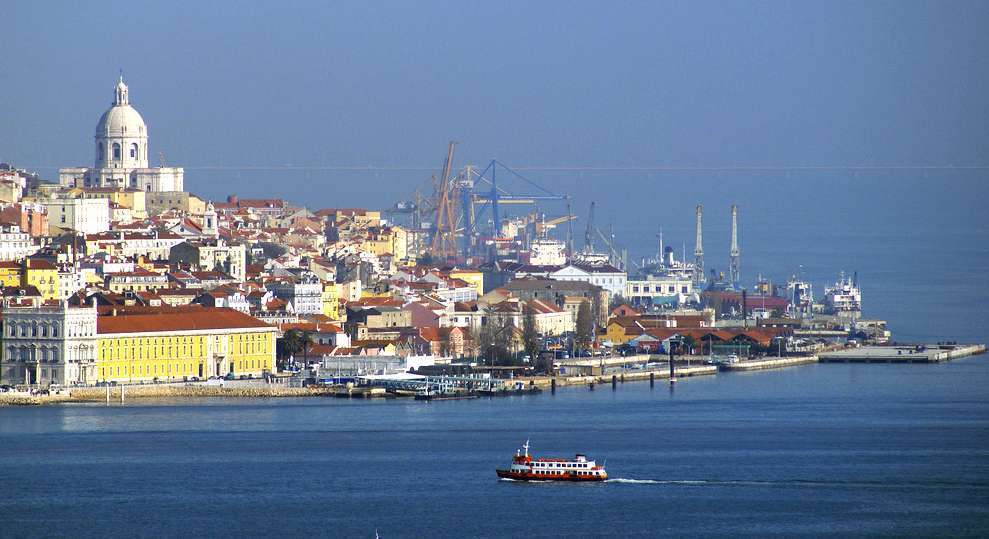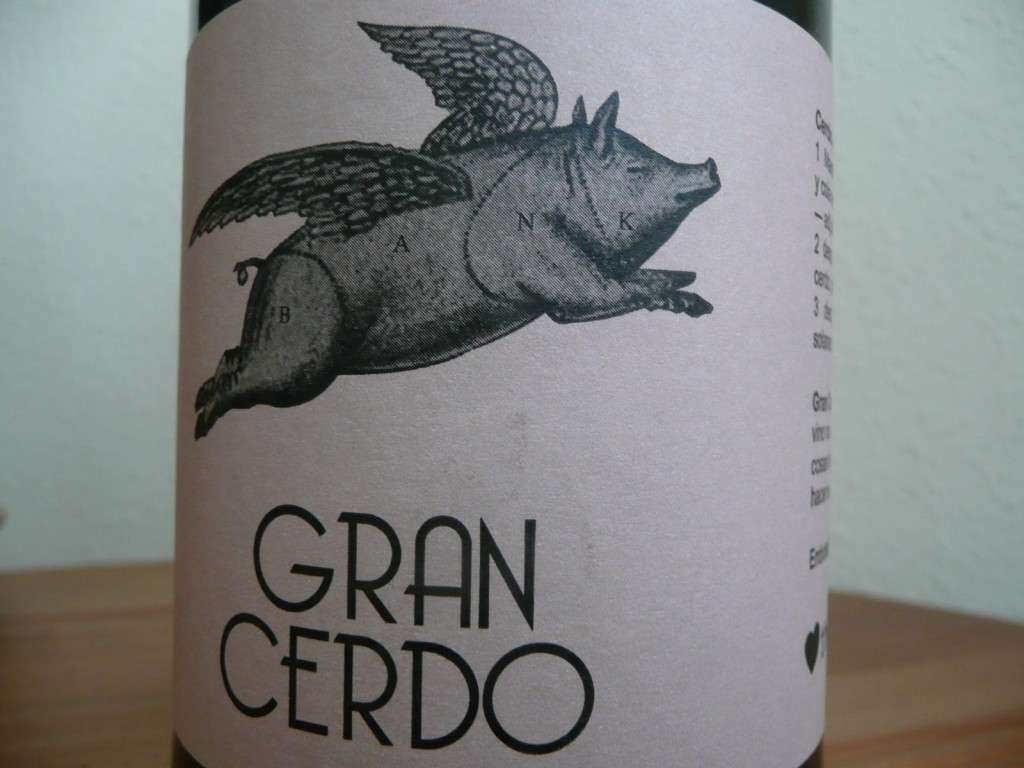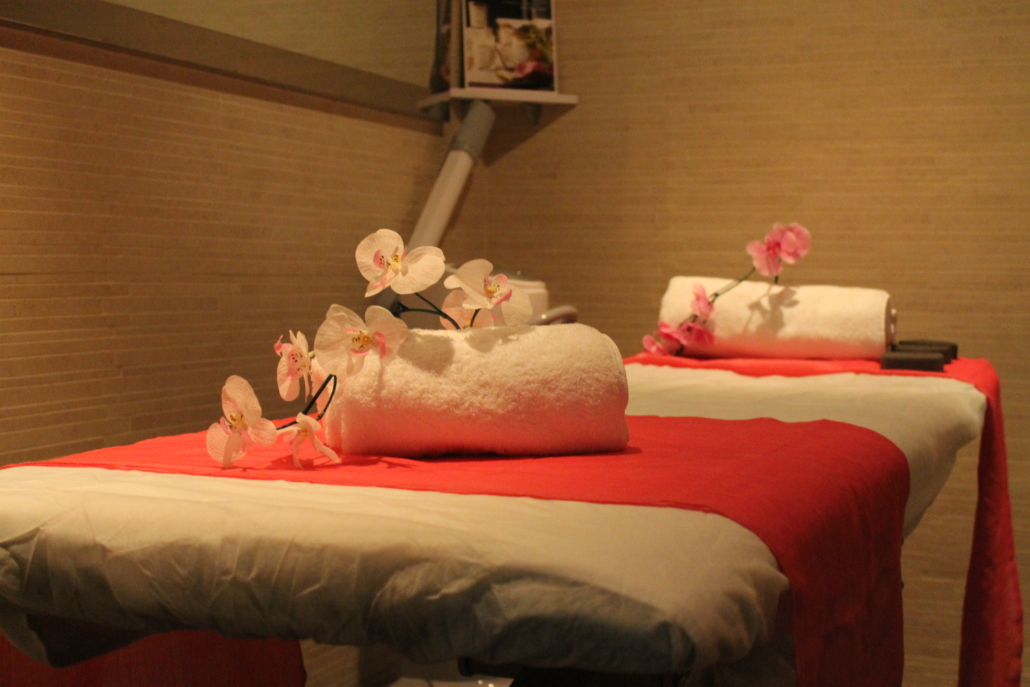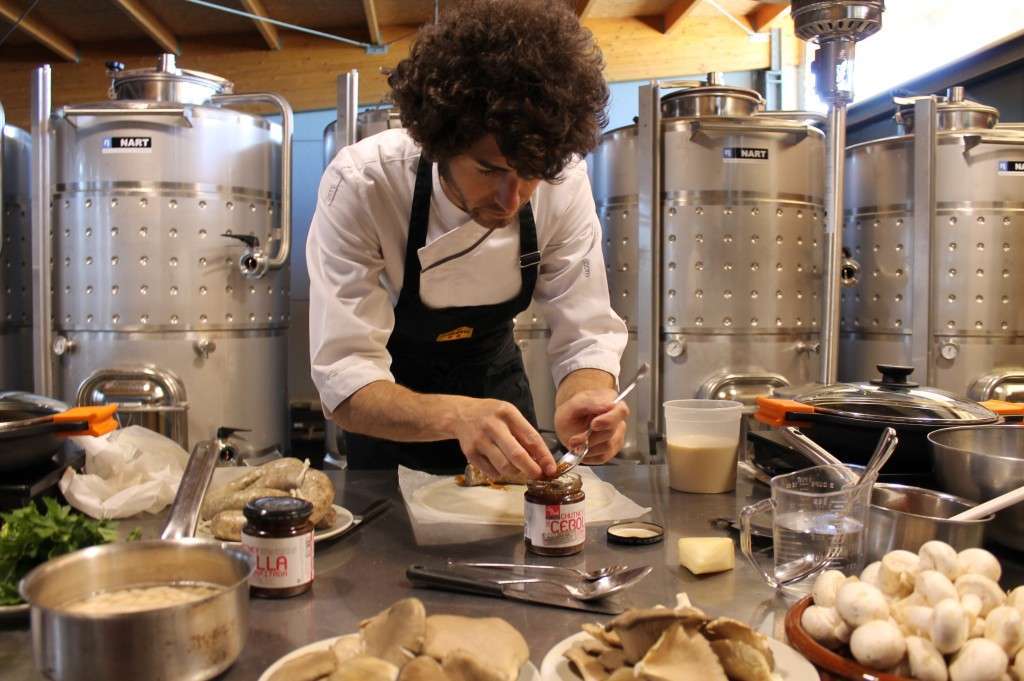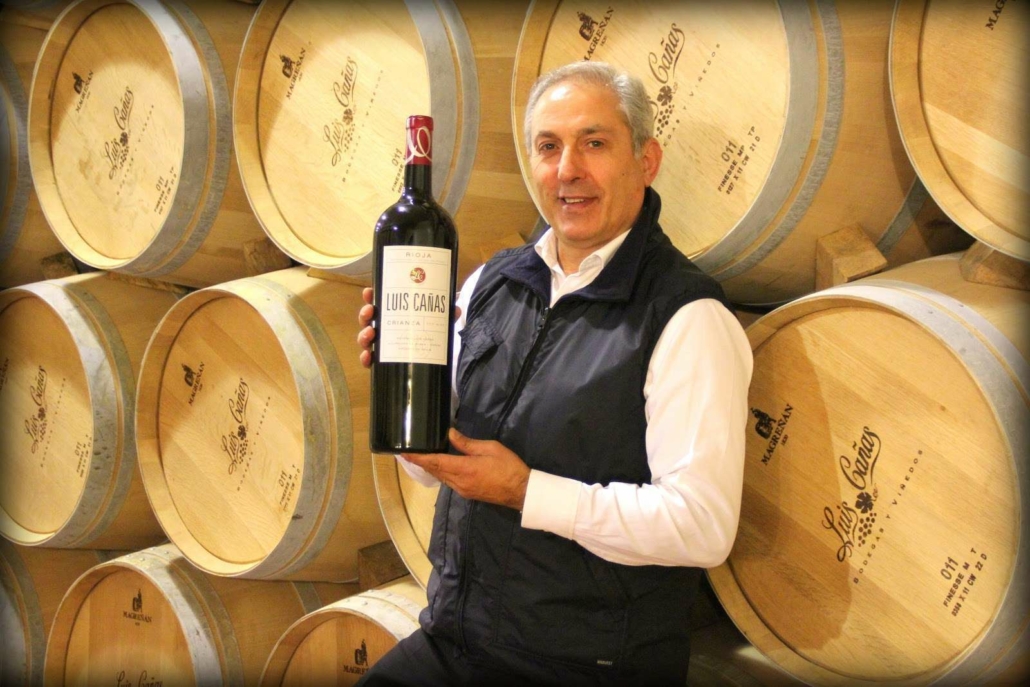Last year we customized a number of tours around cruises of Portugal and Spain, starting in Lisbon and finishing in Barcelona, for our clients using companies such as Azamara Club Cruises and Paul Gauguin Cruises, amongst others. Here are some ideas to inspire you for your next trip…. Read more
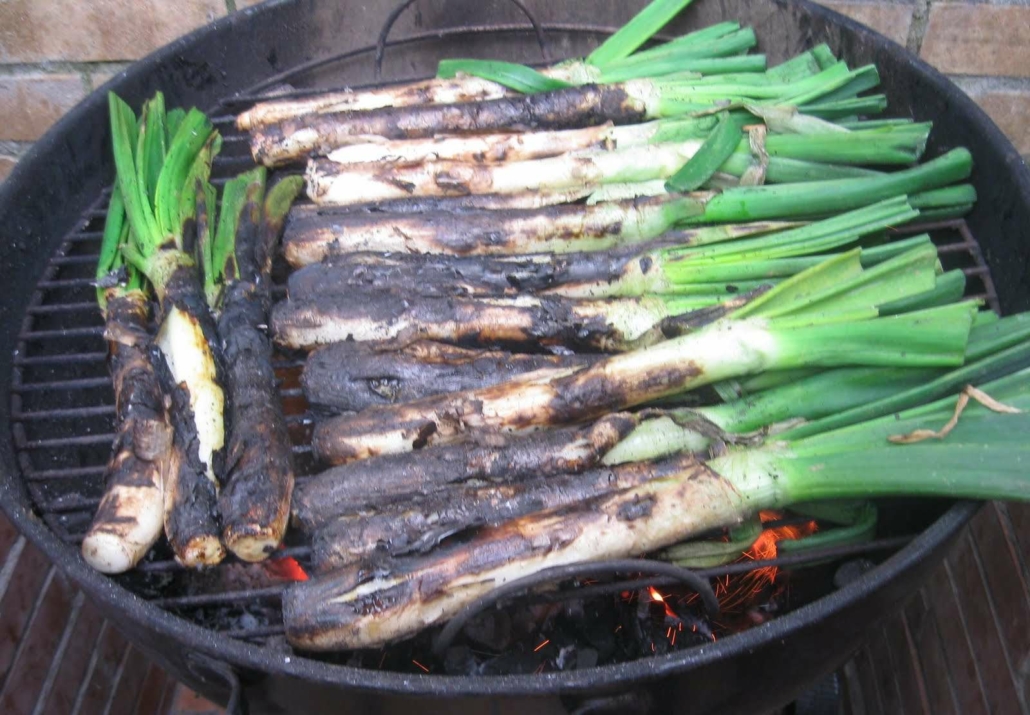
It’s February, which means Calçotada season here in northern Spain! Eating these delicacies is a messy affair, so best enjoyed outside in the open air – perfect for Covid times!
What is a calçot?
The glorious calçot, one of Catalonia’s local delicacies, is similar to a leek or spring onion & very tasty when barbecued, often times accompanied with Romesco sauce. They’ve become such a beloved staple of local cuisine that they’ve earned a Protected Geographic Indication label from the European Union!
How to best cook calçots…
When in Spain you will buy calçots in a large bundle. No need to clean them, they will be well cleaned by the heat of the barbecue flames – because flames are essential when cooking calçots properly. Place them in a row on the grill and turn them every few minutes until they are blackened all over apart from the green stalk. You will know when your calçots are ready, when a little of their juice starts to bubble from their blackened roots. Whip them off the barbecue and wrap them in several layers of newspaper. The newspaper allows them to steam a little as they cool, so that the outer leaves come off easily for eating.
How to eat calçots
Peel off the blackened outer layer, then dip the inner part in Romesco sauce. Romesco sauce is a spicy tomato-based garlicky sauce; which is perfect when matched with the subtle taste of calçots. Lift the calçot above your head so it hangs down vertically, tip your head back and lower the calçot into your mouth. Be warned that this is a pretty messy business!
If you are interested in learning more about traditional Spanish foods, we offer private cooking classes as well as the opportunity to enjoy eating many delicious local dishes. Our TOUR NAME gives you the opportunity to indulge in all kinds of local Spanish flavours and a chance to experience Gourmet cooking classes with professional local chefs – in true Catalan style!
The pilgrimage to Spain to visit the revolutionary Spanish restaurant, El Celler de Can Roca, is a must for anyone seriously interested in gastronomy. There is little that hasn´t already been said ( and praised) about this place but we can safely say that after an afternoon here is is easy to understand the hype and to clarify that, unbelievably, the
It is certain that wines with funny or odd names exist in all corners of Spanish wine geography. In Catalonia we have Finca Malaveina (Bad Neighbour) from Castell de Perelada in Emporda. A Bodes em Convides (You Invite me to a Wedding) in Penedes, or Cap de Ruc (Head of a Donkey) from Celler Ranadelles de Cornudella de Montsant. A donkey is also the protagonista of La Senda del Burro (the path of a donkey) of Viñedos Propios Pajares in Leon. There is a saying that, “he who goes to a winery and does not drink wine arrives as a donkey and leaves as a donkey”.
“Thanks to our friends, we finally managed to do the bottling and now you can enjoy our most acid creation”; this is the surprising presentation card of a young wine from La Rioja of Spanish Winery, Gonzalo Gonzalo, which is sold at around 5 Euros a bottle and on which label you can see a pig with feathers.
Wine labels are the surprise situation for many different animals, for example, El Pero Verde (The Green Dog) a very successful verdejo from Spanish wine region, DO Rueda, fruit of the collaboration of Bodegas Angel Lorenzao Cachazo and Catalan Wine Merchant, Quim Vila from the famous Vila Viniteca. In collaboration with Bodegas Viscarra, Quim Vila also promoted the wine Venta Las Vacas (Villa of the Cows), DO Ribera del Duero. But clearly the prize goes to Cojón de Gato (Cats Balls)and Teta de Vaca (Cow’s Tit). We don’t even want to mention a brand of Alpujarras in Almeria, Tetas de la Sacristana (Tits of the Priest’s Housekeeper)!
Clearly if we go around the world we will find names which are repulsive to some extent, such as French Frog’s Piss or Le Vin de Merde (The wine of shit) On the label of this last one you can read Le pire cache le meilleur (the best is hidden in the worst)
They are many bizarre names of wines to suit each taste – The Australian Beach, The Fat Bastard from Languedoc-Russillon, the Californian Mad Housewife, or the Nappa Valley Cleavage Creek. Clearly those of a superstitious nature should abstain from tasting the Chilena Gato Negro (Black Cat) or Casillero del Diablo (Coffin of the Devil)
Let us at Gourmand Breaks customize a unique wine tour for you and your friends which includes a route of the Spanish wineries mentioned in this article !
On February 14 of every year we give flowers, cards and make other affectionate gestures to those most dear, in honor of San Valentín. In Spain this day is known as “El Dia de Las Enamoradas” the “ Day of the Lovers ”; little by little the tradition of exchanging gifts, flowers and cards between partners and would be partners, on this special day, has been included into Spanish traditions. Read more
Because we want to combine both the experience of a day at an authentic Spanish winery with a gourmet cooking class (meanwhile tasting some delicious Spanish wines!) then we are excited to bring you the news that one of our favorite chefs at Gourmand Breaks is now offering cooking lessons from a fabulous bright kitchen overlooking the vineyards of one the most fantastic wineries in the area. Read more
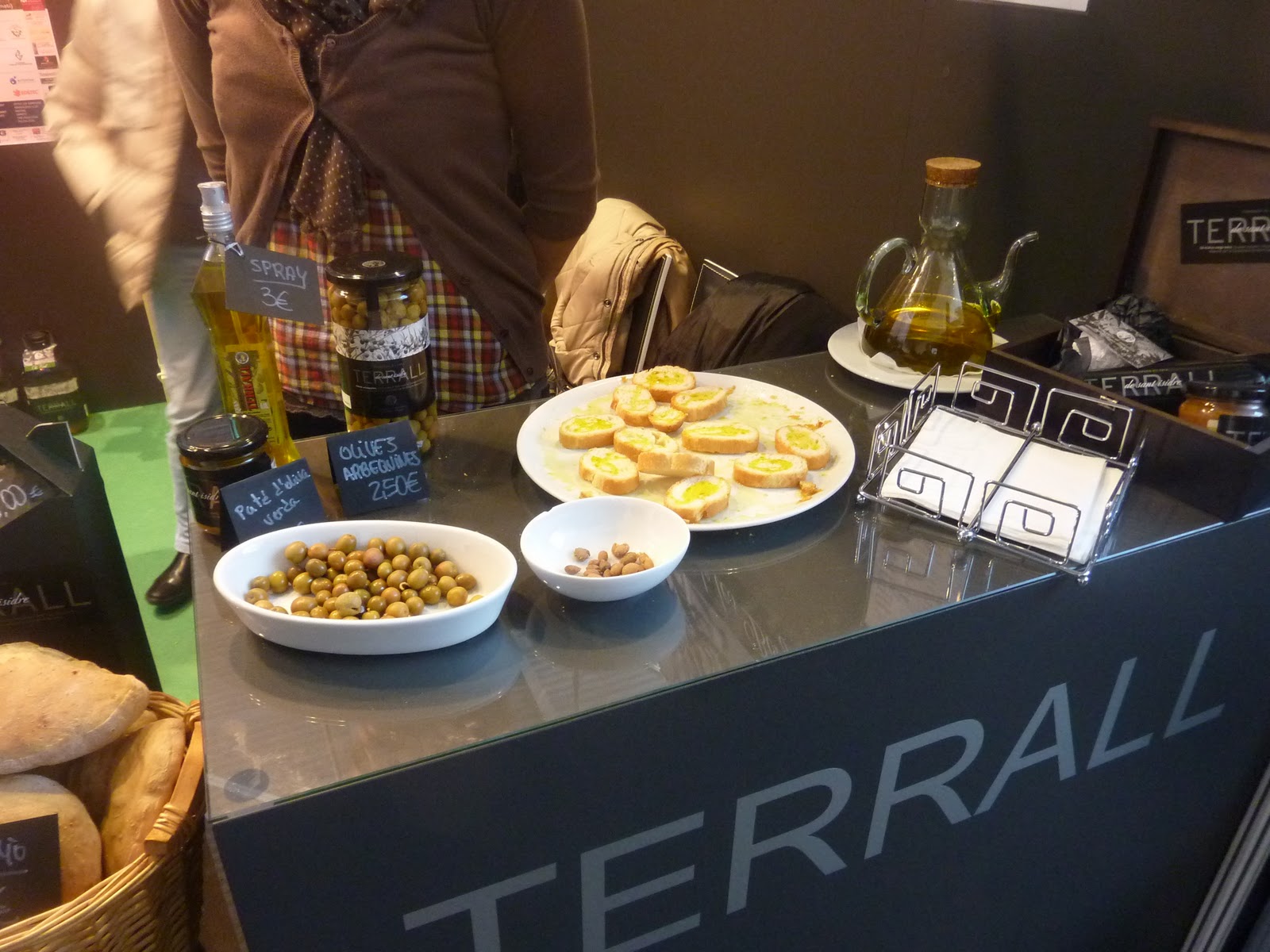
Spanish Gastronomy and products distinguished with the food quality mark are taking part in the 16th Extra Virgin Olive Oil Show and the 45TH Les Garrigues Fair, which will be held from 18 to 20 January 2013 in the Les Borges Blanques Olive Oil Pavilion Lleida, The Fair promotes gastronomy and food quality and having gained a reputation for being the extra virgin olive oil capital of Catalonia, Spain. This event in Les Borges Blanques is quickly becoming the benchmark for top quality olive oil in the Mediterranean.
We are very pleased to announce that Luis Cañas wine Crianza 2009 was considered the best value wine in the world for 2012 by the prestigious American magazine Wine Advocate , led by the American guru Robert Parker. As is known, this publication is the international benchmark as far as wine is concerned and is followed by millions of wine enthusiasts worldwide
The traditional “pintxos crawl,” moving from bar to bar: tasting, drinking and socializing is nowhere more prevalent as a way of life than in San Sebastian, where pintxos are ingrained in the city’s culinary history. These ´pintxos´consist of small bite size tapas, usually ‘spiked’ with a skewer or toothpick, often onto a piece of bread. As a result of the evolution of these wonderful creations by some of Spain´s top chefs, San Sebastian is currently the world’s most exciting culinary destination, and whats more, it holds more Michelin stars per capita than anywhere else.
Last October, the world famous Spanish chef, Ferran Adria, graced the cover of Wired magazine and was invited to speak at the Wired 2012 event in London. Now, his full lecture is available to the public for the first time- you can even view it at the bottom of this page! Read more
About
Gourmand Breaks is a Spanish Registered and Fully Bonded Tour Operator GC 1627, inscribed in the Commercial Register of Girona on 17 of May 1996, VAT number ESB61124814

